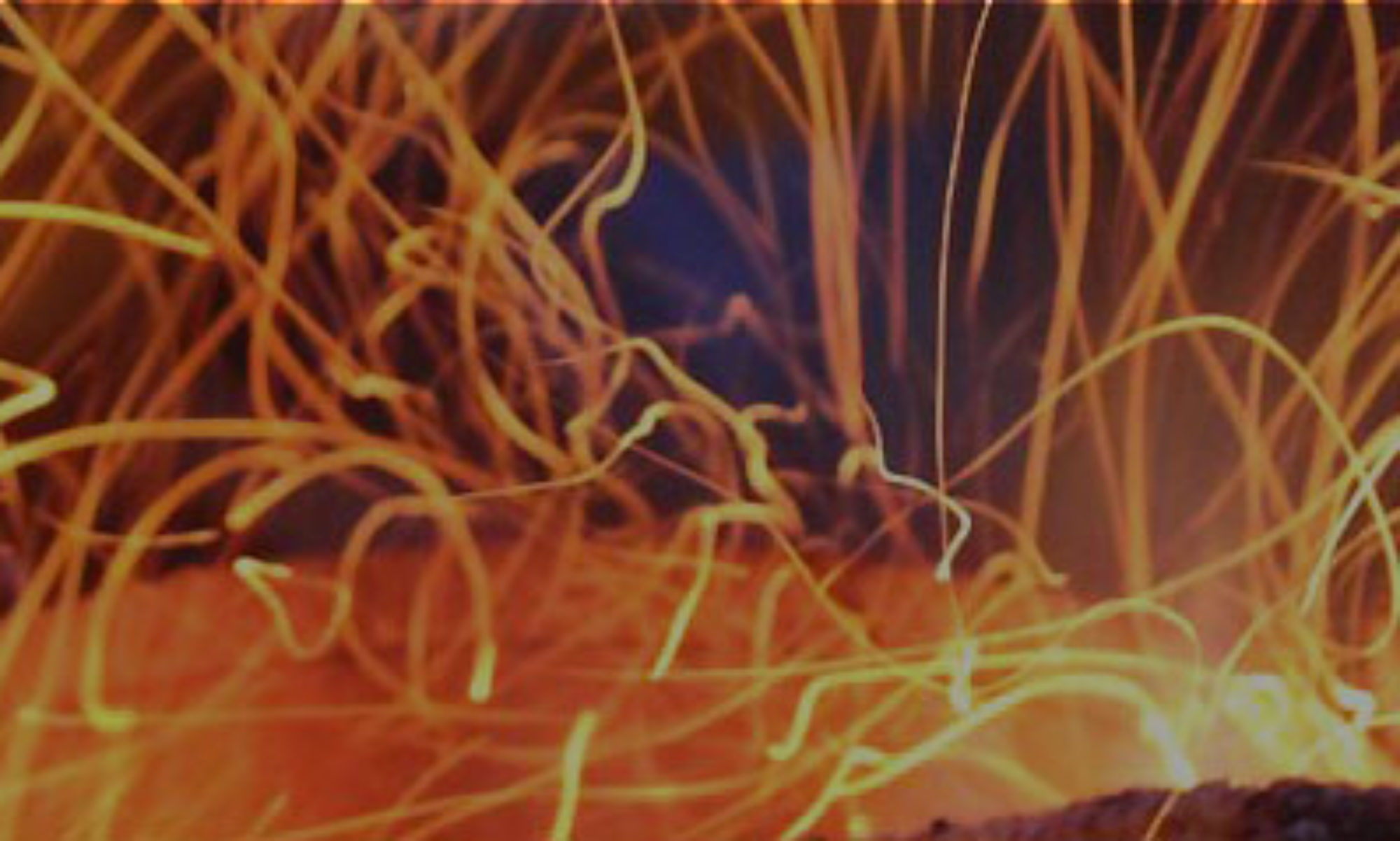As part of the 2019 SSSP Annual Meeting, I had the pleasure of convening a panel of four scholars exploring the role community-based organizations play in engaging, developing, amplifying, and connecting youth to the larger world as social actors and agents of change. The four presentations by Lauren Dent (University of North Texas), May Lin (University of Southern California), Jessica Sperling, (Duke University), and Wendall Wallace (University of the West Indies) shared research that included multiple contexts from youth police clubs in Trinidad and Tobago (Wallace) to a national orchestral music program targeted to youth (Sperling) to racial justice youth organizations in Southern California (Lin) to tribal youth engaged in emergency preparedness (Dent).
With methods from deep participant observation to randomized control trials (RCT), the four scholars side-stepped the traditional take on social change that tends to examine the skills, strategies, and tactics of youth to mobilize and exert political power. Instead, these presentations collectively told a more humanistic and developmental story. With foci on opportunity provision, social-emotional learning, building of collective identity through culture and safety, and leveraging of youth as leadership assets, these scholars highlighted that social change efforts targeting youth need to dig deeper than simple leadership skill development or issue campaign work.
The intrapersonal and interpersonal attitudes and dispositions to affect change don’t just materialize. They are developed over time, through multiple experiences and in multiple contexts. Wallace shared how the police clubs create contexts where youth can start to see themselves in a different way — as confident and able to achieve. Sperling’s work with Kidznotes, an orchestral music program, highlighted the importance of not only measuring traditional markers of success like academic achievement, but capacities such as executive function, prosocial behavior, and dispositions like persistence that allow youth to move into collaborative work with others. Lin’s research further stressed the need to create spaces for active listening, reflection and emotional sharing in youth change work. This sort of healing culture is especially critical for youth of color whose often traumatic experiences in school and society benefit from being unpacked as sources of strength and collective identity. Finally, Dent’s exploration of youth in disaster preparedness efforts spoke to the real gaps and needs youth can fill in much change work if given the space to lead. In fact, their contributions can transform the work as they bring their skills and perspectives to endeavors.
Over the last decade and a half, the growing body of work on the sociopolitical development of young people, especially as agents of change, has grown. I thank these four scholars for their contributions to this body of work.

